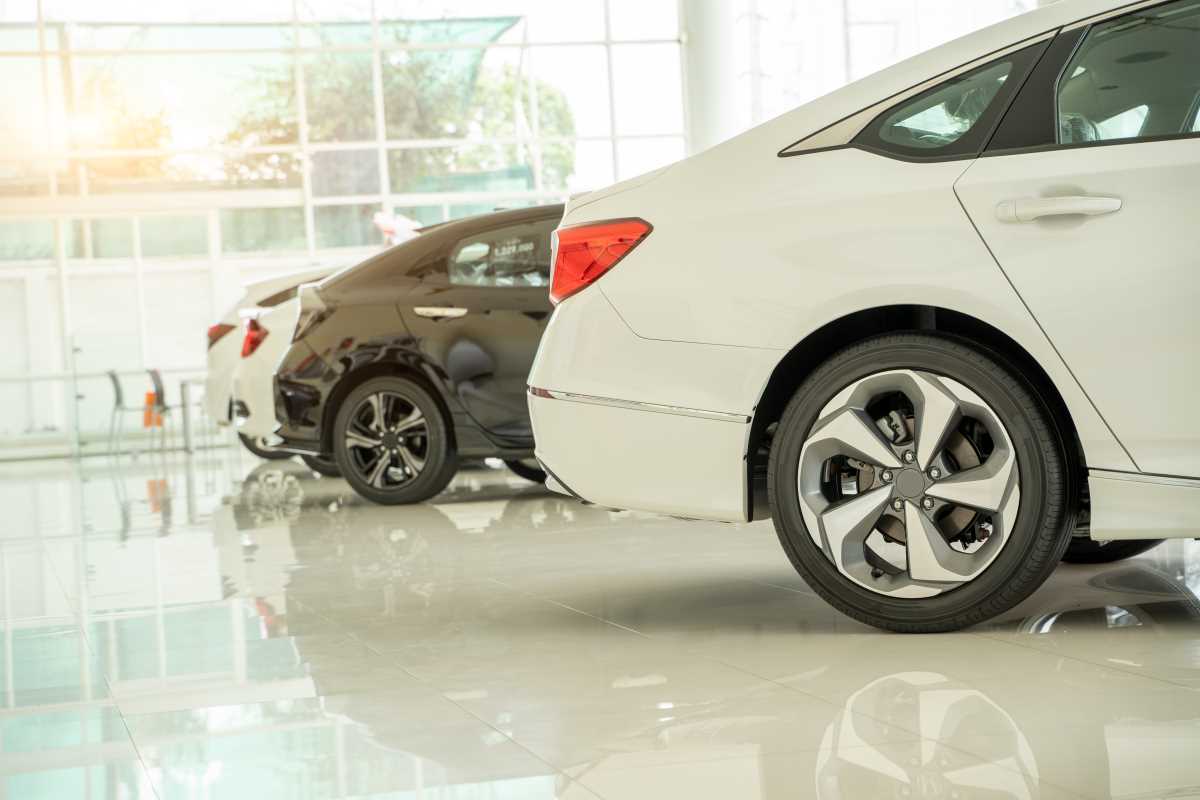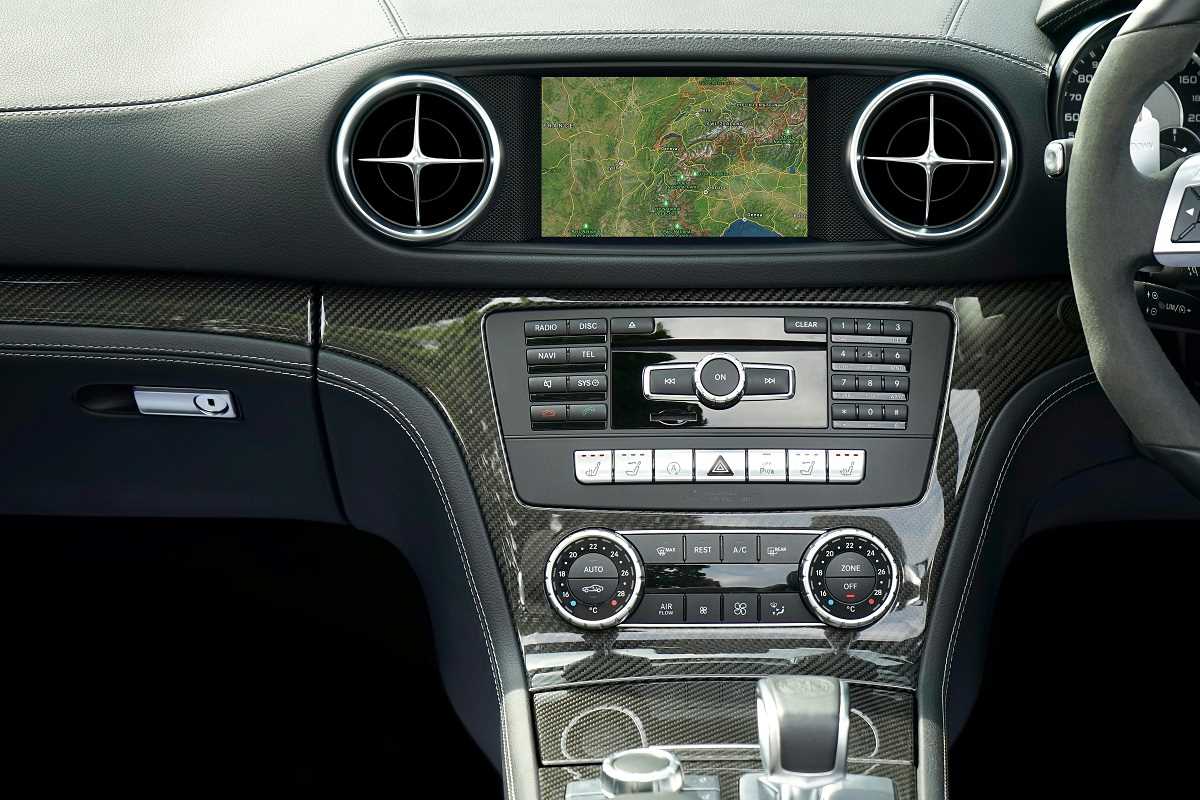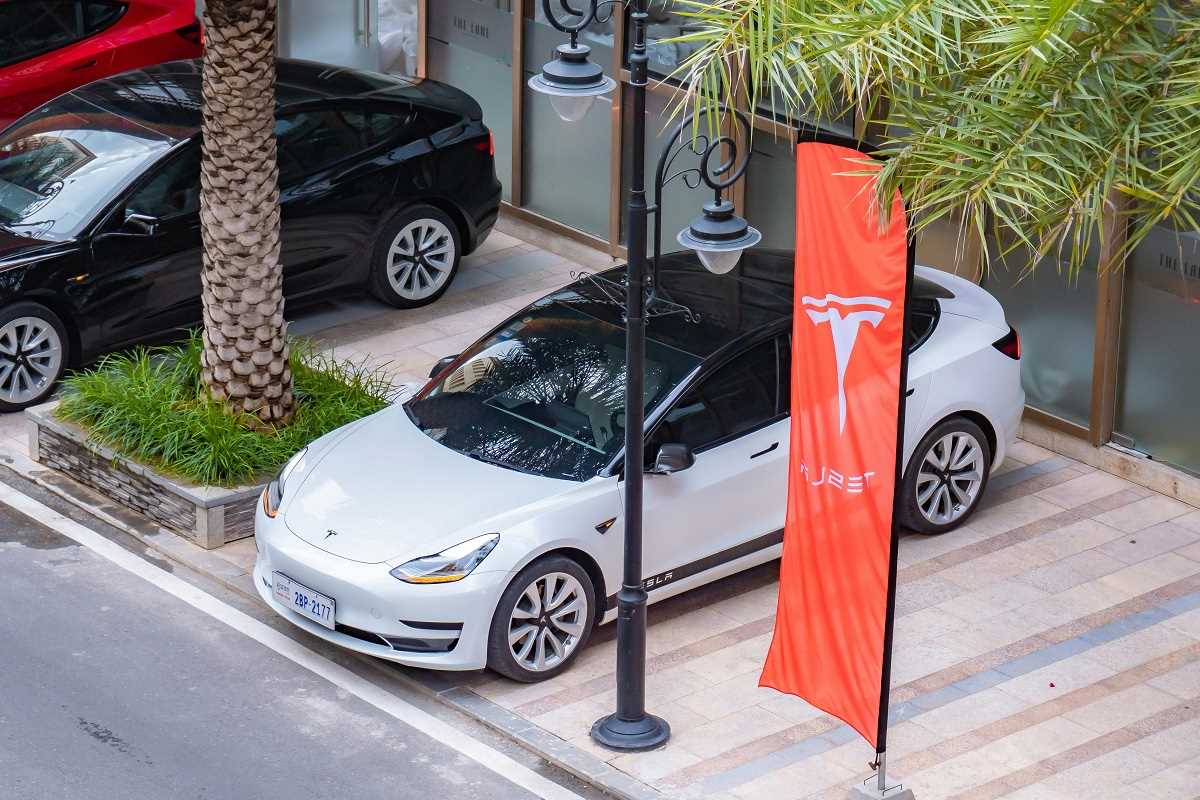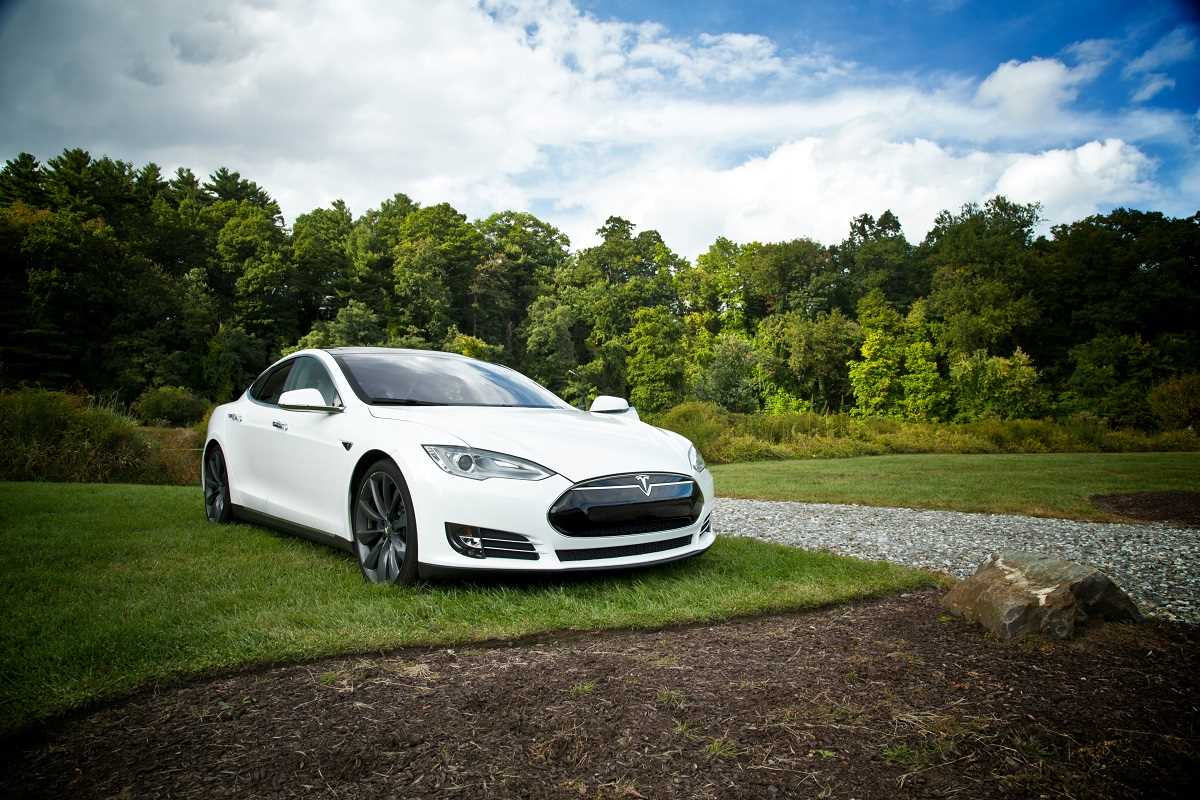Imagine a commute where you’re no longer behind the wheel, gripping the steering wheel through traffic. Instead, you’re reclining in a lounge chair, sipping coffee, and catching up on emails or even enjoying a movie. Autonomous vehicles are revolutionizing not just how cars drive, but also how we interact with their interiors. Manufacturers are now boldly reimagining the car cabin as a multifunctional space tailored to a future of self-driving technology.
Here’s how carmakers are innovating to turn car interiors into stylish, flexible, and tech-enabled living rooms on wheels.
1. From Cockpit to Lounge
With no need for a driver, the traditional cockpit design is undergoing a transformation. Instead of a front-row driver focus, concepts for self-driving cars include interiors that resemble living rooms or meeting spaces. Here are some of the most exciting shifts:
- Rotating Seats: Several manufacturers are exploring swivel seats that allow all passengers to face one another. It’s perfect for having conversations or working collaboratively on a long ride.
- Flat Floors: Without the need for conventional pedestals or large transmissions, automakers are considering flat floor designs to maximize space.
- Customizable Configurations: The absence of a driver places flexibility at the forefront. For example, front-row seats that can turn to face the rear, or even fold-flat lounge setups for ultimate comfort.
These layouts provide a more welcoming environment, blurring the line between cars and living spaces.
2. Cutting-Edge Technology Integration
The leap to self-driving cars will rely heavily on technology—not just for external navigation but for enhancing the passenger experience inside. Here’s how:
- Augmented Reality (AR) Displays: Car windows or independent screens may offer AR systems for work, entertainment, navigation, or even real-time scenery enrichment.
- Voice and Gesture Controls: Passengers will interact with infotainment systems using natural gestures or conversational voice control, providing a seamless and intuitive interface.
- High-End Connectivity: 5G-enabled cars will allow constant connectivity, enabling smooth transitions between home, work, and car spaces without breaks in service quality.
The goal is for passengers to experience a space where convenience meets personalization, powered by advanced tech.
3. Luxurious Comfort Meets Sustainability
The interiors of autonomous cars will not only prioritize comfort but also align with the growing eco-conscious mindset of drivers. Automakers are integrating sustainability with luxury by utilizing ethically made and eco-friendly materials, such as:
- Recycled Materials: Fabrics made from recycled water bottles or flax fiber panels offer eco-friendly options without sacrificing elegance.
- Sustainable Leathers: Vegan leathers that mimic premium textures are becoming staples in future car designs.
- Ambient Comfort: Automakers are adopting adjustable lighting, air purification systems, and even scent-control technology to deliver a calming experience during rides.
By designing aesthetically appealing, sustainable interiors, carmakers are catering to both comfort and conscience.
4. Entertainment-Driven Spaces
Without the need to focus on the road, passengers will increasingly expect entertainment-rich environments. Automakers are stepping up with:
- Rear-Seat Cinemas: Cars may feature full wall-to-wall displays or individual seatback screens that rival the tech found in movie theaters.
- Immersive Audio Systems: High-fidelity audio systems will create 360-degree soundscapes, perfect for gaming, music, or conferencing.
- Gaming Stations: For younger passengers or gaming enthusiasts, consoles and VR setups could transform the car into an entertainment hub.
The future of car interiors places play and relaxation squarely at the core of the riding experience.
5. Transforming Idle Time into Quality Time
Autonomous vehicles allow people to potentially reclaim the hours spent commuting by turning them into valuable personal or productive time. Automakers are stepping in to make every moment count:
- Work Pods on Wheels: Custom environments could replicate a mobile office, complete with ergonomic desks, adjustable lighting, and connectivity for calls or meetings.
- Rest Zones: Modular seating with reclining and massage functions can give passengers a chance to relax, recharge, or even nap.
- Social Bubbles: Some designs focus on creating social spaces for having fun, brainstorming with colleagues, or simply chatting with loved ones.
By leveraging versatility within interiors, tomorrow’s cars will transform transit into meaningful, enjoyable experiences.
The interiors of future autonomous vehicles are more than just evolving spaces; they’re a reflection of how we as humans will interact with technology, mobility, and leisure. From stylish configurations to a seamless fusion of technology, comfort, and sustainability, carmakers are delivering on the promise of a self-driving future that aligns with human priorities.
 (Image via
(Image via





